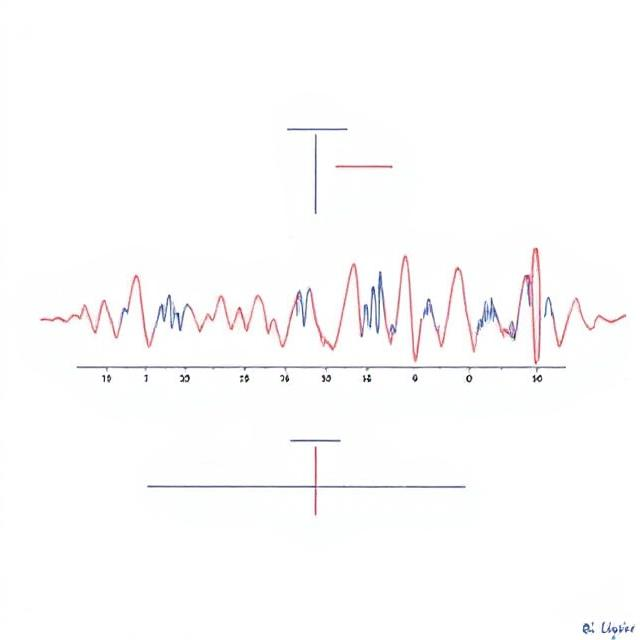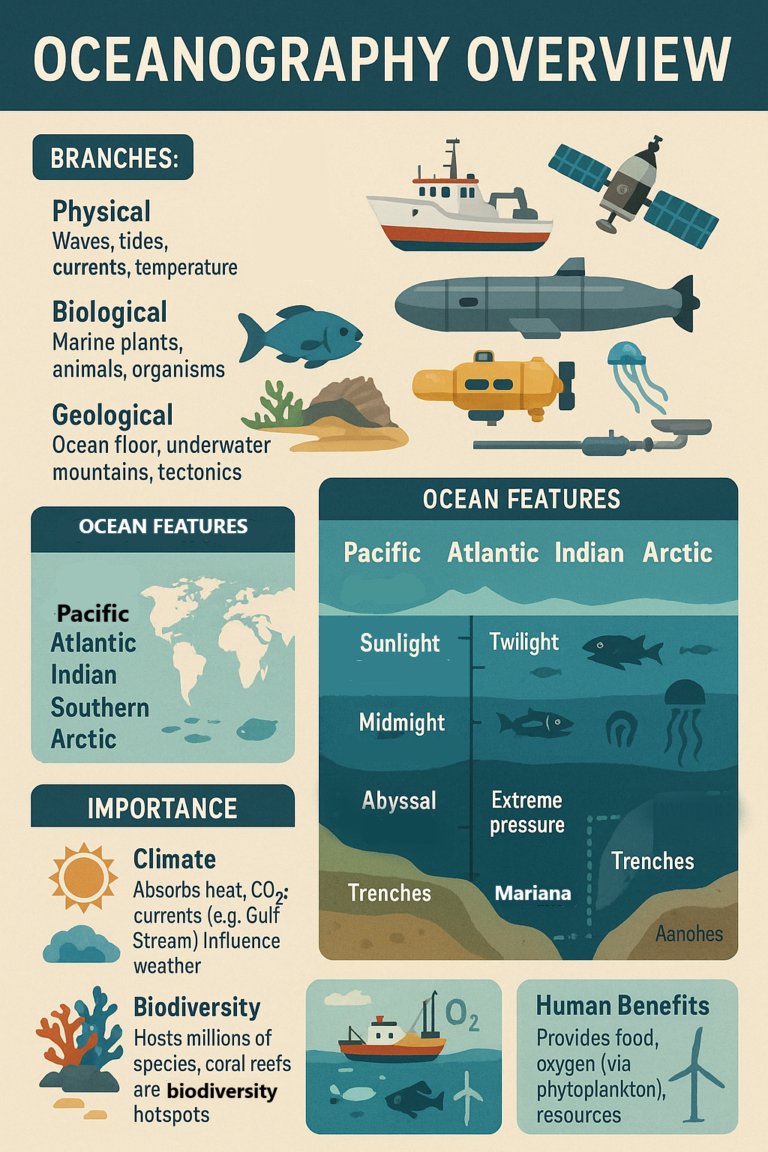1. Critical Angle The Critical Angle is a concept from optics, specifically related to the refraction of...
Month: March 2025
volcanoes and earthquakes are natural events caused by the movement of tectonic plates under the Earth’s surface....
1. Concave and Convex Mirrors Both concave and convex mirrors are types of curved mirrors. These mirrors...
1. Central Force A central force is a force that acts on an object and always points...
1. Angle of Dip The angle of dip, also known as the magnetic dip, is the angle...
Famous scientists like Isaac Newton, Albert Einstein, and Marie Curie helped us understand how the world and...
Archimedes’ Principle: A Detailed Explanation Introduction Archimedes’ Principle is a fundamental concept in physics that explains the...
1. Amplitude Amplitude is the height or strength of a wave. In the context of sound, it...
Natural disasters are sudden, powerful events caused by nature that can cause damage to the land, buildings,...
Aerodynamics is the study of how air moves around things, especially objects like airplanes, cars, and even...
1. Work: In physics, work is done when a force acts on an object and causes it...
What is Magnetism? Magnetism is a force that causes certain materials to attract or repel each...
1. Rutherford’s Model: Ernest Rutherford proposed his atomic model in 1911 after conducting his famous gold...
Fossils are the preserved remains or traces of ancient life, and paleontology is the science that studies...
1. Snell’s Law: Snell’s Law describes how light (or any wave) bends when it passes from one...
Oceanography is the study of Earth’s oceans, including their physical features, chemistry, biology, and geology. Oceans play...
1. Reflection: Reflection happens when a wave (like light or sound) hits a surface and bounces back....
Meteorology is the science of studying and predicting the weather by observing the atmosphere. Weather systems like...
1. Torque: Torque is a force that causes something to rotate around an axis. You can think...
1. Angular Velocity: Angular velocity is how fast something is rotating around an axis. Imagine you’re spinning...




























